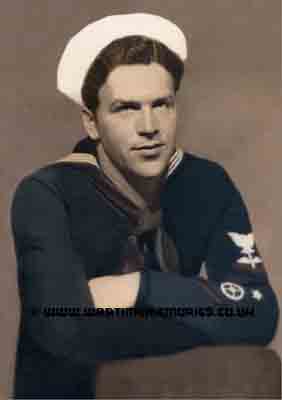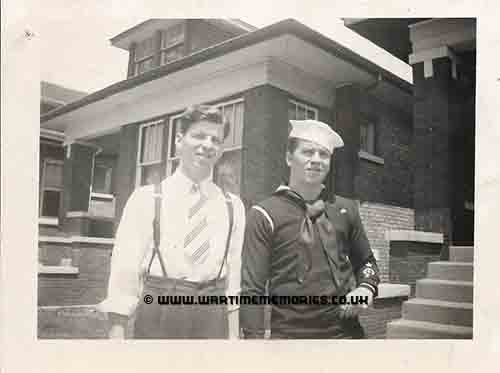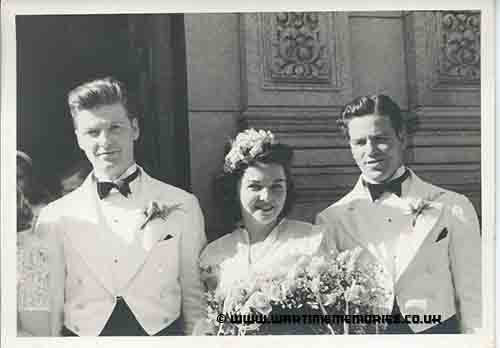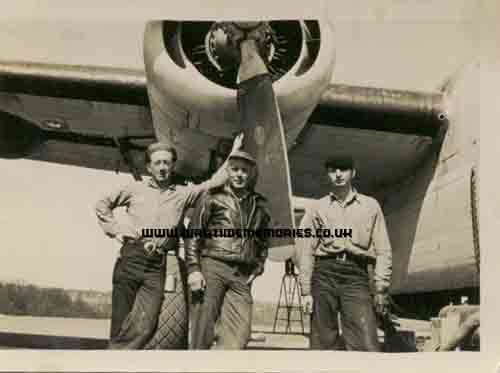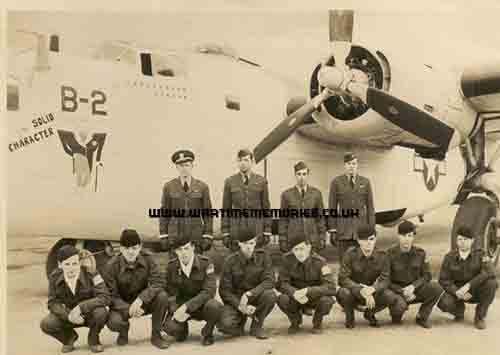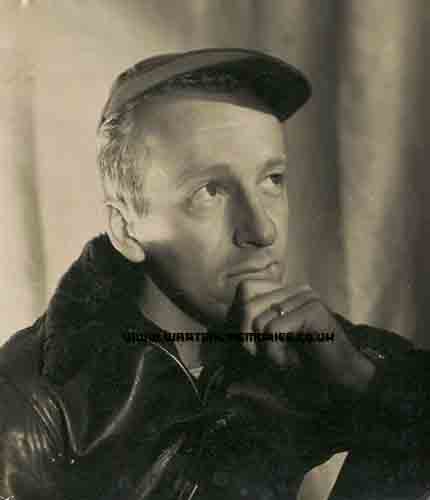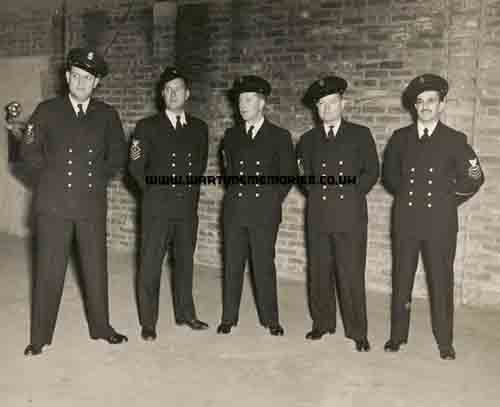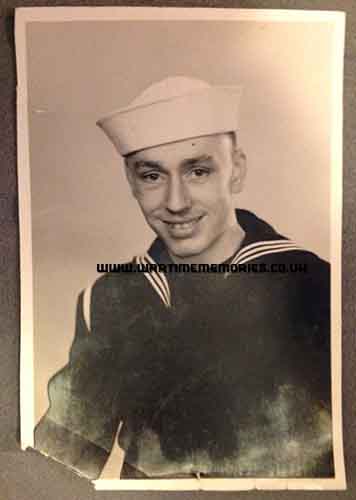|
|
|
RAF Dunkeswell
USN Dunkeswell was originally planned as a Fighter Command, then a Coastal Command airfield, but transferred for use by American units, and became Station 173.
In mid 1943 the site as home to the 4th, 6th, 19th and 22nd Anti Submarine Squadrons of the 479th Anti Submarine Group.
Between 24th September 1943 and July 1945 the base was home to VB-103, Fleet Air Wing 7, of the United States Navy. This was the first USN unit to train with the RAF, later followed by VB-105 and VB-110. Equipped with Liberators then PB4Y-1 Privateers on anti-submarine patrols.
During the war there was also a hospital on the site, Navy Hospital NAF Dunkeswell.
In the months after the end of hostilities the site was handed back to the RAF and became home to 16 Ferry Unit, RAF Transport Command, ferrying aircraft to the Middle East.
Between September 1946 and December 1948 the base was used by 265 and 267 Maintenance Units RAF.
The military airfield closed in 1949 and today the site is a private airfield with many planes permanently based there and is often visited by historic aircraft as it has become a refuelling airfield. There is also a museum on site
Squadrons stationed at
- 4th Anti Submarine Sqadron. 479th Anti Submarine Group. August to September 1943
- 6th Anti Submarine Sqadron. 479th Anti Submarine Group. August to September 1943
- 19th Anti Submarine Sqadron. 479th Anti Submarine Group. August to September 1943
- 22nd Anti Submarine Sqadron. 479th Anti Submarine Group. August to September 1943
- VB-103. Fleet Air Wing 7. United States Navy. September 1943 to July 1943
- VB-105. Fleet Air Wing 7. United States Navy. September 1943 to July 1943
- VB-110. Fleet Air Wing 7. United States Navy. September 1943 to July 1943
- 16 Ferry Unit. RAF Transport Command. Aug 1945 to April 1946
If you can provide any additional information, please add it here.
|
Those known to have served at RAF Dunkeswell during the Second World War 1939-1945. The names on this list have been submitted by relatives, friends, neighbours and others who wish to remember them, if you have any names to add or any recollections or photos of those listed,
please
Add a Name to this List
|
|
|
The Wartime Memories Project is the original WW1 and WW2 commemoration website.
Announcements

- 1st of September 2024 marks 25 years since the launch of the Wartime Memories Project. Thanks to everyone who has supported us over this time.
- The Wartime Memories Project has been running for 25 years. If you would like to support us, a donation, no matter how small, would be much appreciated, annually we need to raise enough funds to pay for our web hosting and admin or this site will vanish from the web.
- 23rd Jan 2025 - Please note we currently have a huge backlog of submitted material, our volunteers are working through this as quickly as possible and all names, stories and photos will be added to the site. If you have already submitted a story to the site and your UID reference number is higher than
265330 your information is still in the queue, please do not resubmit, we are working through them as quickly as possible.
- Looking for help with Family History Research?
Please read our Family History FAQs
- The free to access section of The Wartime Memories Project website is run by volunteers and funded by donations from our visitors. If the information here has been helpful or you have enjoyed reaching the stories please conside making a donation, no matter how small, would be much appreciated, annually we need to raise enough funds to pay for our web hosting or this site will vanish from the web.
If you enjoy this site
please consider making a donation.
Want to find out more about your relative's service? Want to know what life was like during the War? Our
Library contains an ever growing number diary entries, personal letters and other documents, most transcribed into plain text. |
|
Wanted: Digital copies of Group photographs, Scrapbooks, Autograph books, photo albums, newspaper clippings, letters, postcards and ephemera relating to WW2. We would like to obtain digital copies of any documents or photographs relating to WW2 you may have at home. If you have any unwanted
photographs, documents or items from the First or Second World War, please do not destroy them.
The Wartime Memories Project will give them a good home and ensure that they are used for educational purposes. Please get in touch for the postal address, do not sent them to our PO Box as packages are not accepted.
World War 1 One ww1 wwII second 1939 1945 battalion
Did you know? We also have a section on The Great War. and a
Timecapsule to preserve stories from other conflicts for future generations.
|
|
Want to know more about RAF Dunkeswell? There are:0 items tagged RAF Dunkeswell available in our Library There are:0 items tagged RAF Dunkeswell available in our Library 
These include information on officers, regimental histories, letters, diary entries, personal accounts and information about actions during the Second World War. |
|
Virginia "Ginny" Quaife  Only recently, have my sister and I discovered this site. Our mother was Virginia "Ginny" Quaife, the Red Cross Director, assigned to Dunkeswell Navy Base during the last years of the war. She, like many women, wanted to serve her country in anyway she could and became an army hostess at Fort Crook, Nebraska before joining the Red Cross for a tour overseas. Virginia was assigned to Dunkeswell sometime in 1944 through 1945. According to an excerpt from the local hometown newspaper, one of her fondest projects was furnishing hot coffee and doughnuts to weary crews coming "home" from their missions. Other duties included providing recreational activities and support services for personnel stationed at the base. After VE day, she was briefly assigned to Germany, before closing out her Red Cross career in the Philippines.
There are a great many pictures that we have included here. All of these pictures and clippings are taken from her many scrapbooks that she assembled while overseas. Also much of our knowledge of Dunkeswell is based on our mother’s recollections and stories that we have heard so many times while growing up. Some of the individuals shown in the photos are known and so identified. Many are not. We hope that any of the gallant men and women who served here or the children of those who have passed on, would make it known to the site if they recognize any of these people and can provide their names or any anecdotal information about them.
As we looked at and assembled these photos for this project, we could not but feel humbled and saddened that, if it were not for this web site and others like it, the exploits of the men and women who served during the war in theatres and campaigns all over the world, would be lost to future generations forever. We look upon this particular project as a legacy to our mother and the fine men and women who served with her at Dunkeswell. Our only regret is that we did not find your site sooner. Sadly, our mother passed away in 1991 at the age of 74. Many of the men and women who would have enjoyed seeing pictures of their fellow comrades during this time are gone as well. As you and I view these pictures, I know they are smiling at the pictures too.
The first group of pictures is of the men and women who staffed and ran the Fleet Aero Club at the base and American Red Cross friends. In this set, the first picture is of Helen Fries, the outgoing ARC Director. The 4th picture if of the English staff that helped run the club. There are too many to name on the photo, but luckily our mother wrote some of their names on the back. Her writing is hard to discern, but they appear to be in no particular order: Bessie, Muriel, Wynne, Mrs. Pike, Mrs. Holbert, Peggy, and Mrs. Firzey. Lillian, another English staffer, seemed to be a close friend of Virginia and is shown in several more photos both alone and with someone who perhaps was her boyfriend.
In group two, are included some clippings from the base newspaper and miscellaneous recreational activities.
The third major category contains pictures of the men and crews who were stationed at the base.
From left to right on the back row: George Haddad, “Red” O’Conner, “Chuck” Pillow, “J.P.” Rosen, and on the front row from left to right- “Red” Perysian, “Junior” Pope, and “Happy” Wake.
We have inserted one picture of a novice pilot- Virginia Quaife- behind the controls of a Liberator.
Here are some more crew photos:
The fourth and final category contains some pictures taken off the base in the vicinity. Our mother lived in the country in a large house owned by a Mrs. Nichols. We have included pictures of it and people who may have either lived there or frequented it often.
It was a pleasurable activity to assemble this collection of memories. Anyone who wishes contact us about our mother or the photos in general please get in touch.
|
Dave L. Trostle This photo is part of my Mother's collection it was taken at Dunkeswell in 1944. My Mother Virginia Quaife served there with the Red Cross.
|
AMM 3/C Charles H. Stoudt Charles Stoudt, pictured with his pet owl, was a friend of Virginnia Quaife; and when our mother would visit him, the owl would sit on her shoulder. Charles was somewhat of an artist and we have included a sketch of his that appeared in the base newspaper.
|
"Red" O'Conner 105 Sqd. Fleet Air Wing 7 This photo is from Virginnia Quaifs's collection, my Mother was the Red Cross Director, assigned to Dunkeswell Navy Base during the last years of the war.
|
Paul Bruggeman 103 Sqd. Fleet Air Wing 7 Paul Bruggeman served at Dunkeswell with the US Navy 7th Fleet Air Wing.
|
Roy Fralick 103 Sqd. Fleet Air Wing 7 Roy Fralick served at Dunkeswell with the 7th Fleet Air Wing
|
Jack Herman Fleet Air Wing 7 Jack Herman served at Dunkeswell with the 7th Fleet Air Wing
|
Gordon "Flash" Milbraith 103 Sqd. Fleet Air Wing 7 Gordon Milbraith was a Co-pilot with 103 Squadron, 7th Fleet Air Wing at Dunkeswell.
|
Helen Fries Helen Fries was the Director of the Fleet Aero Club at Dunkeswell.
|
"Fireball" Greer Fleet Air Wing 7 "Fireball" Greer was stationed at Dukeswell in 1944/5
|
Paul "Porky" Pokrifki Fleet Air Wing 7 Paul Pokrifki was stationed at Dunkeswell in 1944/5
|
Ed "Mac" McNeil 103 Sqd. Fleet Air Wing 7 Ed McNeil flew with crew 20 from Dunkeswell in 1944/5
|
Bill Benlen driver Bill Benlen was a driver with the US Red Cross at Dunkeswell 1944/5
|
AMM3C Matt Wilson Fleet Air Wing 7 I was stationed at Dunkeswell, (we called it Mudville) in Devon England. I believe it was April 45 we went to New Havenford West with our B-24 for special Air Work. Three of us were ground crew to service the plane. We made a deal with the pilot to put enough gas in for the afternoon flight and the morning flight so we could go to town. ( I dont remember the name of the airfield but it was aprox 7 or 17 miles to town. We get to town and found a pub then found the Cafe. We went in for a bite and finally managed to get a private room, it was in the storage area and we had to clean it out ,but it was great. We met two girls that was stationed at the Hostel. We had a nice week taking them to the Cafe and dancing. The girl I teamed up with was Ivy Emberton. She was a lovely girl. We found the Welsh people wonderful, we stayed with a private family and took the one cab back to the Base. A few weeks we were back again, doing the same things except we had two Motorcycles to get around with.( the 1st class Hendren had bought them and he sold them before we went back to England) So we had another great week. A few weeks later I returned with another crew. The Hostel was closed, and I did not have Ivy's Address. So I lost contact and I hoped she went on to have a happy life. This time it wasn't so great. There was a fight started in the Cafe and we ended up getting involved by chance not on purpose. So that was my last trip to Wales. We sensed the war was winding down when we saw the Hostel was closed.
I remember that while the runways surfaced VB-103 also used the airfield at Upottery,
what they did was send a small crew to Upottery and we loaded the planes with armement and a light load of fuel they landed at Upottery and took on a full load of fuel and took off from there then landed at Dunks. after the mission.
I returned to the U.S.A. at the end of the war on the Queen Mary. But went from Bombers to Fighters and Air Craft Carrier, discharged in 1948.
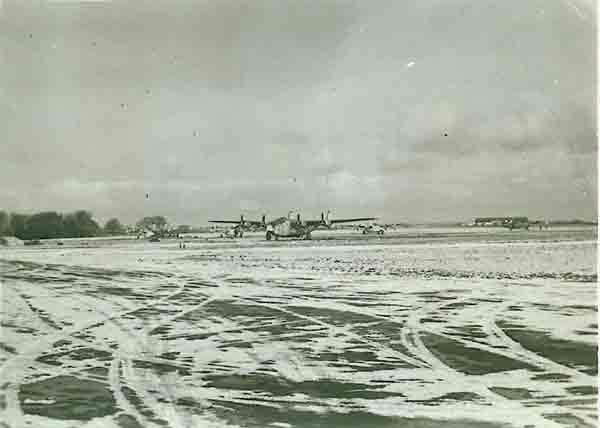
Winter 1944
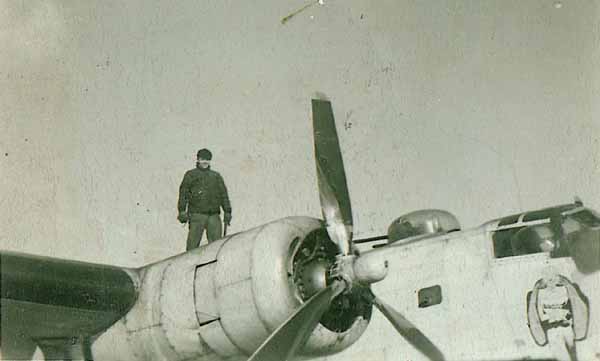
Matt Wilson AMM3C, checking gas.
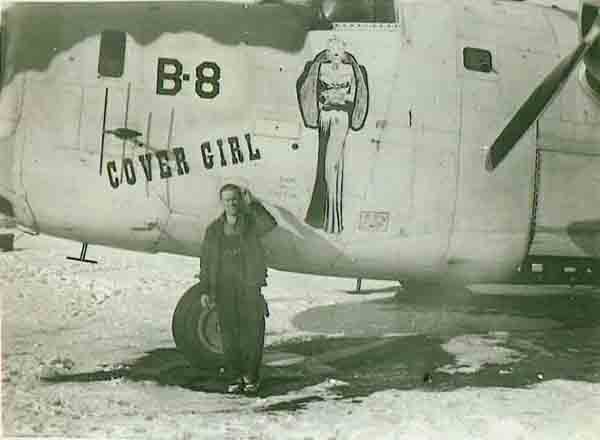
Dean Elliott AMM2C. PATSU 7-A.
 front of our lovely hu.jpg)
E.I. Ross AMM1C and Matt Wilson (Front) outside our lovely hut.
 declares war on the hut deck.jpg)
Tommy (last name unkown) declares war on the hut deck.
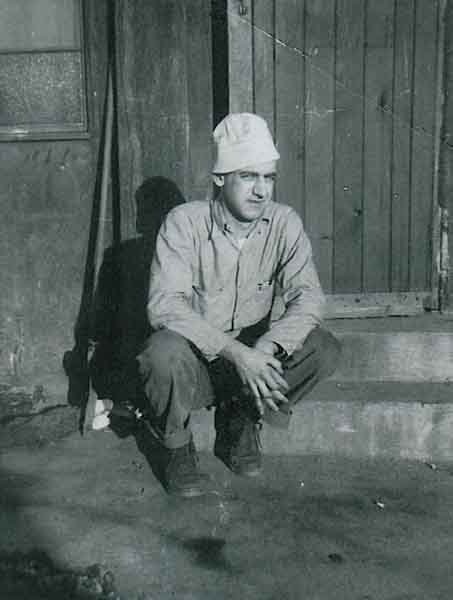
F.F. Ward AMM2C, in deep thought about the next liberty
.jpg)
Winter 1945
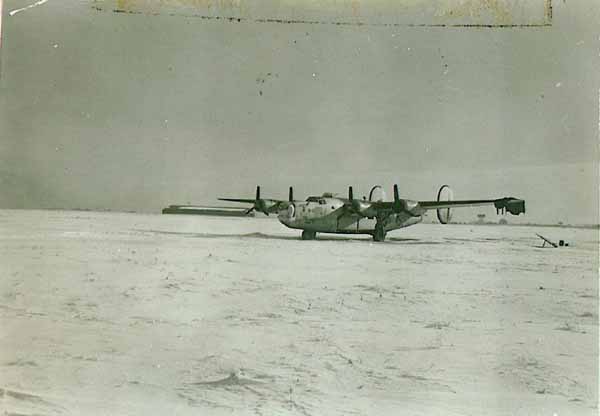
Winter 1945
.jpg)
Winter 1945
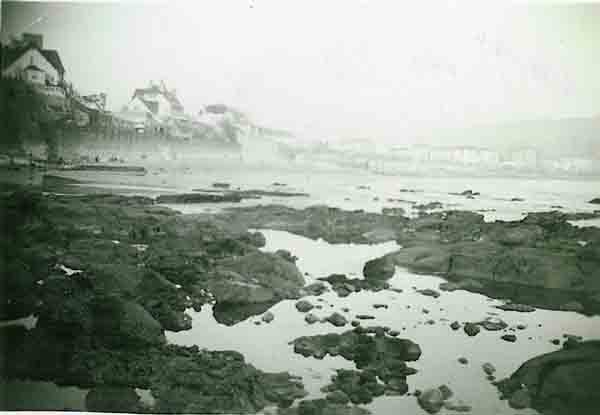
Sidmouth at low tide.
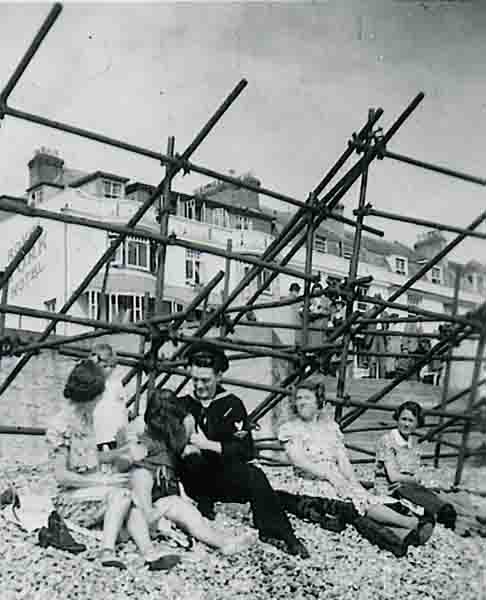
Mr. Martin AMM3C, based at USAAF Dunkeswell, at play at Sidmouth, the scafolding is part of the beach defences. It was intended to slow down enemy landings by preventing tanks from climbing the low seafront walls.
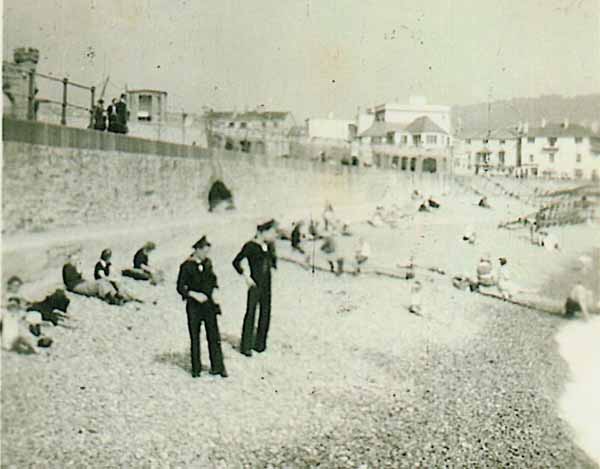
Mr. Martin AMM3C and I. Nebel AMM2C, based at USAAF Dunkeswell, on the beach at Sidmouth.

Matt Wilson AMM3C. based at USAAF Dunkeswell. Like a good "scotch on the rocks" at Sidmouth.
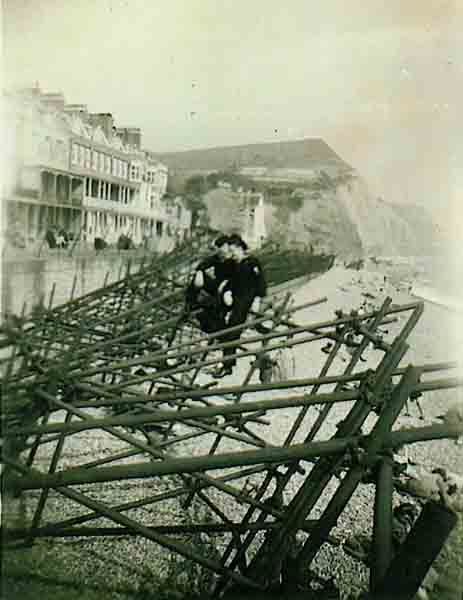
Matt Wilson AMM3C + Mr. Martin, based at USAAF Dunkeswell, at Sidmouth Beach 1944. The scafolding is part of the anti-landing beach defence.
|
Daniel J Toohey VB103 Sqd Fleet Air Wing 7 My Dad, Daniel J. Toohey, was stationed at Dunkeswell during the war.
|
Pilot Lawrence "Pete" Petersen VP-103, B-24 Fleet Air Wing 7 I was a US Navy Pilot, Fleet Air Wing 7, VP-103, B-24. Stationed at Dunkeswell, 1943-45. Shot down February 14, 1944, credited with one JU-88. Two crew members perished in crash, one more in life raft, awaiting rescue. In a dog fight Sept. 12th, 1943, off the north coast of Spain (Bay of Biscay) we crashed as well, this was not entered in any record book. Credited with 2 JU-88's.
|
Glenn Raymond Mummert My father was stationed in Dunkeswell sometime during WWII. My husband and I recently visited friends in Bristol and had the opportunity to visit Dunkeswell and the museum. My father was 6 years older than my mother and I know very little about his time in the Navy and Dunkeswell. I really only know that he was stationed there and he was a medics assistant. If anyone would have more information, or could direct me to where to find more information please email.
|
Lt. Armin Newton Schaper DFC, CSC. My father, Armin Schaper, was a submarine bomber pilot during WWII, based for the longest time in Dunkeswell, England. His duties involved the first night searchlight missions, hunting down German submarines at night, in an effort to make them rise above water during the day, hence making it easier to shoot them.
He had quite a few good and close friends from that squadron, two of whom I have had the pleasure to get to know recently: C.J. Fitze and Virgil Dudey, two wonderful men. I also got to know, through emails, only, however, the wonderful John Weber. All were pilots and all stationed with my father in Dunkeswell.
My brother and I are traveling to Dunkeswell, thanks to CJ Fitze's information, to view where he was based during WWII and to see the little museum created in honor of these brave and humble men. We will be visiting on September 24th, 2009, on what would have been our father's 91st birthday. What an honor and what memories. Our father received two Distinguished Flying Cross medals for his WWII service, Eleven Air Medals and the Conspicuous Service Cross, for his service to our country. How proud we are of him and his memories remain forever embedded in my head and my heart.
|
Carpenters Mate. Everett W. Stone 584 CBMU My Dad Everett Stone was a SeaBee at Dunkswell between 43 & 45. He claimed to have met Joseph P. Kennedy, older brother of President JFK.
|
Lt. Commander Edward Joseph Reynolds Edward J Reynolds, my father, a physician practicing in Malden Massachusetts, joined the US Navy as a flight surgeon shortly after Pearl Harbor. He became a flight surgeon stationed at Dunkeswell and greatly admired all members of the aircrews speaking often about their proficiency and courage. He loved to " get flight time " in the Catalina, PBY. No wonder I became a US Marine aviator.
|
CPO3. Raymond Francis "Butch" Corcoran DFS, BSw/V VB-110 Fleet Air Wing 7 My Father, Ray Corcoran was stationed at Dunkeswell with VB-110 as Plane Captain and Top Turret Gunner. He flew 26 missions over the Bay of Biscay with Joe Kennedy as his Pilot. My Father joined the Navy in 1936 and was discharged in 1940 after serving on the Aircraft Carrier Interprise. Shortly after the Japanese bombed Pearl Harbor he re-enlisted and went into aviation. I can only remember the names of Cook and Kennedy as members of the crew. I am hoping that I can gain more information by posting this. My Father has been gone since 1989. Unfortunately, I can't remember his stories and most anyone that would have experienced these times are of advanced age. I am also adding this because, aside from Hank Seale' book, "The Lost Prince", Joseph P. Kennedy Jr., there is little or no information concerning the crew members and what became of them.
|
Lt.. Joseph P. Kennedy VPB-110     Lt Joseph P. Kennedy, Jr (older brother of the future president JFK) and Lt Wilford J. Willy each served in VPB-110 at Dunkeswell; their names are listed among the fallen of Fleet Air Wing Seven. They volunteered to serve in Special Attack Unit One (SAU-1) piloting PB4Y-1 drones loaded with high explosives for attacks against German V-weapons sites in France. They were lost during a mission in August 1944. Intending to bail out when their aircraft was under radio control, they were killed when their aircraft exploded prematurely. Each was awarded the Navy Cross posthumously.
I am a combat veteran of the Vietnam War, not WWII, but I am very familiar with the airfield at Dunkeswell, UK, dating to the three years I served at the U.S. Navy's European headquarters in London during the 1980s. I thought visitors to your site and those who have listed information would want to know that the citizens of Dunkeswell remember those who served at the airfield with Fleet Air Wing Seven.
In the nearby village church in Dunkeswell, a large brass plaque is mounted on an interior wall of listing the names of the 182 men of the Air Wing who lost their lives flying ASW and other missions from the Dunkeswell Airfield. A U.S. flag is displayed next to the memorial. The inscription above their names reads, "In Memory of These Officers and Men of the United States Navy Who Died for Their Country September 1943 to July 1945."
Each summer, the pastor of the church invited a naval aviator assigned to the U.S. Navy staff in London to attend a memorial service for the fallen aviators. It was my honor to attend over three successive years. My wife and I became good friends with the pastor and his wife at the time, the Rev. Nick Walls. He has since retired, and the U.S. Navy relocated its European headquarters from London to the Mediterranean. I don't know if the memorial service continues.
Years later, while serving as the senior editor of the Navy League's Seapower magazine, I interviewed U.S. Senator Edward Kennedy. I told him about the memorial to the men of Fleet Air Wing Seven and the annual observance in the church. He showed me two framed shadow boxes hanging on the wall in his Senate office. One contained Joe Kennedy's Navy Wings of Gold and the gold buttons from his service dress blue uniform; the other shadow box contained JFK's dog tags dating to his wartime service in the Pacific theater as the skipper of PT-109.
I would be pleased to share several photos of the chapel in Dunkeswell, the memorial, and scenes of the airfield as they appeared in the 1980s. A flying club was using the field at that time.
|
Lt. Armin Newton Schaper CSC, DFC. VB 114 Armin Schaper participated in the first night searchlight missions by the US Navy during WWII, chasing German subs over the English Channel, while stationed at Dunkswell with Fleet Air Wing 7.
He received a DFC for safely crash landing his plane with a full load of bombs.... among other reasons.
He flew a Liberator as well as a Spitfire during WWII.
|
AOM2c. Donald Charles Gamble FAW-7 (d.1st Apr 1944) 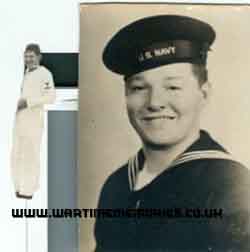 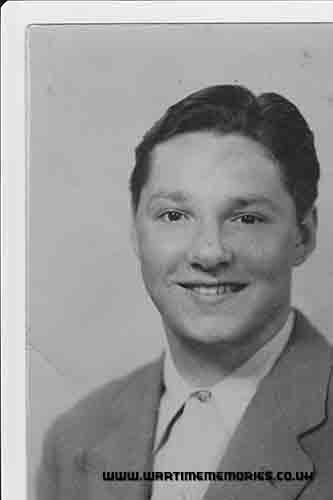 Donald Gamble was a member of the St. Martin's Episcopal Church and was awarded a cross for his long service as a choir boy there. He attended New Bedford High School and prior to going into the Navy, Donald was a clerk at the Minkin Auto & Radio Store in New Bedford, MA. Donald's parents were Charles and Hazel (Hammond) Gamble.
He actually lied about his age to get into the Navy. He signed up on his 17th birthday but told the officials he was 18. He was stationed at Newport, RI, Jacksonville, FL, Norfolk, VA and lastly in England. His hut in Jacksonville, FL was called the Buzzard's Roost. His Great Nephew, Weston Sherman, has named his tree house the Buzzard's Roost to honor his Great Uncle. Per family lore, Donald's last words to the family while leaving his home on Spruce Street to fly to England were "take care of Patsy". My Mother (Donald's sister Patricia or Patsy as he called her) was between 6 and 9 years old when he was in the service so unfortunately she does not remember him.
Donald's duty during WWII was the ball turret gunner (the one under the plane just behind the wings also known as the Belly gunner). His Bomber plane was called the PB4Y-1 and also known as the B24 Liberator. On March 31, 1944 his plane went missing over the Bay of Biscay near England as his bomber was patrolling for German submarines and they encountered bad weather with no fighter escorts when they came out of a cloud bank. We believe the German fighters got them and they were listed as lost at sea on the 31st then declared killed in action on April 1, 1944.
In England there is a cross with his name on it at the Cambridge Memorial Cemetery and his name in a book viewed by the public every day at the St. Paul's Church in London.
And closer to home - his name is on the WWII Memorial Wall in Washington, DC and a memorial brass plaque at the Battleship Cove in Fall River, Mass. At the Rural Cemetery (in his home town of New Bedford, Mass) he has a veteran's stone.
The book "U.S. Navy PB4Y-1 (B-24) Liberator Squadrons: in Great Britain during World War II" by Alan Carey is very much like our Uncle's life in England and his life during the WWII. He is actually pictured on page 58 with the rest of his VB-110 squad members.
His parents (Charles and Hazel Hammond Gamble) were awarded the Navy Air Medal with 3 Gold Stars and a Purple Heart posthumously for Donald's outstanding ability and zeal during day and night missions in defense of our vital supply line to the European theatre of war. He was one of a group which played an important part in reducing the German U-Boat menace from their home station at Dunkeswell in Devon England. His unwavering devotion to duty throughout a period of intense operations was in keeping with the highest traditions of the U.S. Naval service. He participated in many operations under constant threat of German aerial attack and in the face of treacherous weather conditions. He was a member of the Navy Club of Greater New Bedford, MA SHIP NO. 22.
Because a few of the children died young or in WWII with the name "Charles" as a first or a middle name - this name was never used again and was considered to be jinxed. My grandmother even told her children to never use the name again (as the first or middle name) and they never did. And this philosophy has even been passed to the next generation and should be carried forward to generations to come.
Donald is a direct descendant of Mayflower Pilgrims Myles Standish (GS #86,222), George Soule (GS #86,222), John Alden (GS #86,222), Francis Eaton, John Howland, Thomas/John Rogers, Degory Priest, Henry Howland, Richard Warren, Francis/John Cooke and John Tilley.
And lastly, one nice thing is that we all have at least one picture of him in each of our homes - even though many of us never met him - he is still in our hearts.
|
AMM1. Thomas Kick Hedron PATSU7-3 7th Fleet Air Wing As ground crew chief Dad, Thomas Kick, had to hold a lot of things in, including hosing his buddies' remains out of planes damaged by flak, etc. Flight crew were able to relieve some of that tension by striking back at the enemy.
Somewhere between Dunkeswell, which he left shortly after D-Day and reassignment to the Pacific Theatre, that tension hospitalised him, and prompted a good conduct honourable discharge in April '45. He died at age fifty.
|
Matthew Wilson 103-PATSU-7A FAW-7 Vpb I was at Dunkeswell, Devon with FAW-7 Vpb 103-PATSU 7A ground crew from July 1944 to the end of the war. I returned home on the Queen Mary. My duty in England was good. I had aunts and uncles in Newcastle and my dad was from Gateshead. He was in the British Merchant fleet. I managed a five-day pass to go to Newcastle and had it cancelled twice due to Buzz Bomb activity, but I finally made it. Meeting my relatives for the first time was great (my mother's brothers and sisters). I spent liberty between Exeter and Sidmouth, and have pictures of some shipmates on the tank traps on Sidmouth beach, some of the group at Dunkeswell and also some of the planes.
|
Mech. William Arthur Price Bill Price served in Dunkeswell, England as an airplane mechanic and also worked in the photo lab.
|
SK3. Herbert Freeman Corey Fleet Airwing 7 My Dad, Herbert Corey enjoyed spending time with the locals in England. He would spend time with a farmer and his family when ever he could. His mom mailed him some popcorn so they could try some, even had to take the lid off so they could see it popping.
On another occasion he went back to the base and bought some ice cream for the birthday party they were having for one of the children.
Dad helped run the stationary stores plus filling fuel trucks with plane fuel and dispensing gas for other vehicles.
Dad told me many stories about visiting London, eating at the restaurants and his first encounter with a Bobbie, which after a few moments of questions discovered, he was a wax statute. Also of all the planes he saw, his absolute favorite was the Spitfire.
Thank you for your keeping history from WW11 alive. I've enjoyed seeing
photos of the base at Dunkeswell, some of the planes etc.
|
Lt. Hugh McLean "Mac" Greeley VB-105 Squadron My uncle was stationed at US Navy Fleet Air Wing 7, England during WW2 as a B-24 Liberator pilot.
Hugh Greeley served with pilot Stuart Johnston, based at Dunkeswell, 1943-44. Squadron VB-105. They were involved in discovering the 11 German Destroyers in the December 1943 Battle of Biscay. He played bridge with Joe Kennedy, Jr. at Dunkeswell, likely 1943.
Their plane was named "V for Victory." I would like to see a picture of his crew...
|
AOM1c. Edward T. "Cal" Callahan DFC, AM. VB-105 I did my overseas service was at USN Dunkeswell, Devon, UK, 1944-45.
I was First Ordnanceman in crew of Lt. George Pantano, who was killed in crash on Beacon Hill near Exeter, due to to fog.
Also killed in that crash was Lt. (J G) Wayne Garber, our second pilot.
wayne Garber.
|
Recomended Reading.Available at discounted prices.
|
|
|


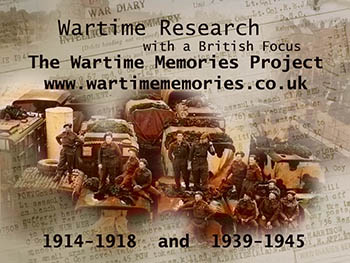


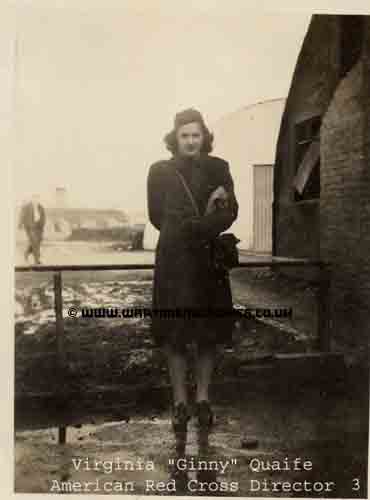
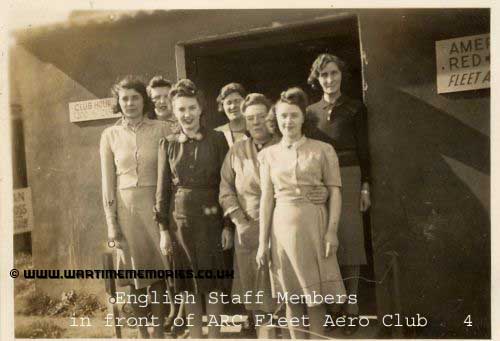
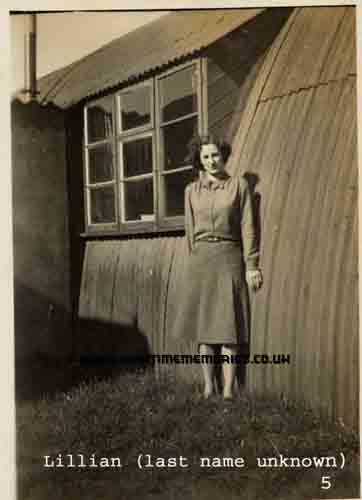
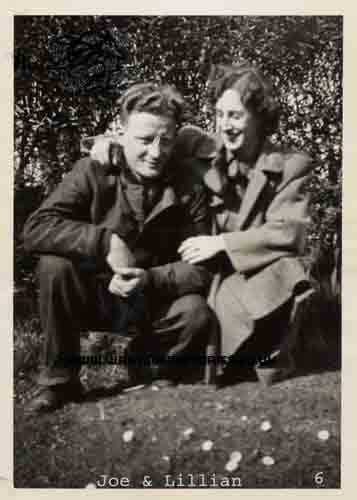
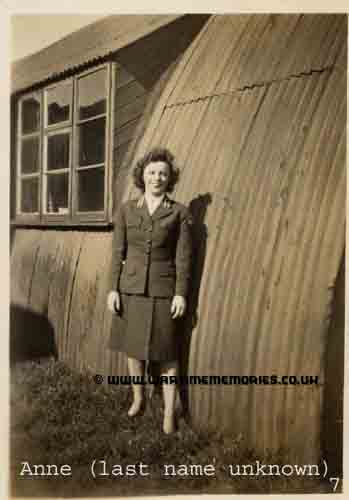
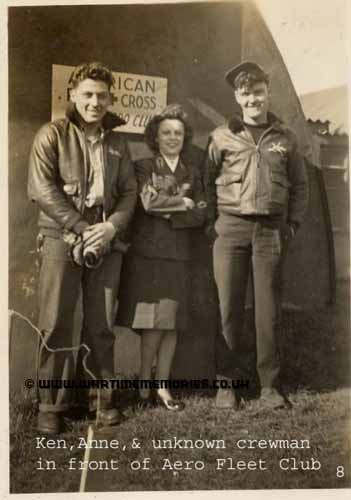
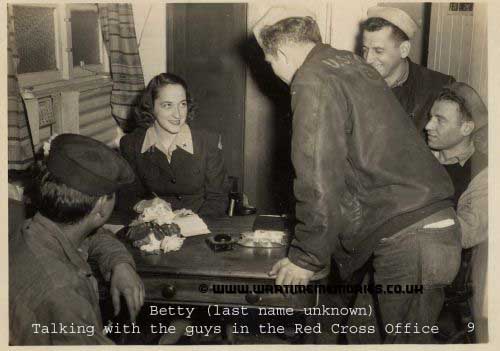
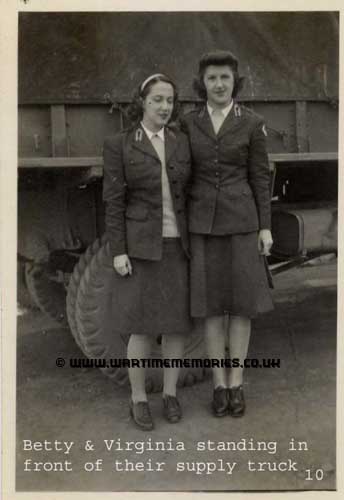
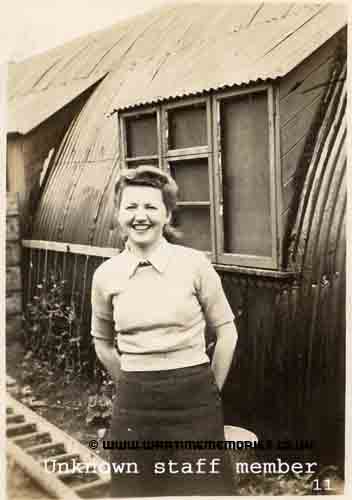
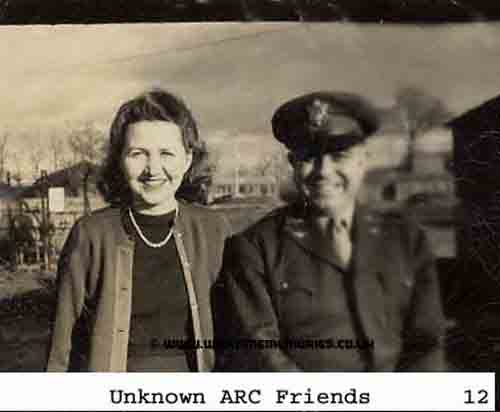
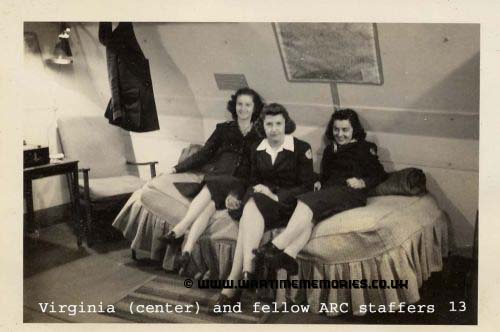
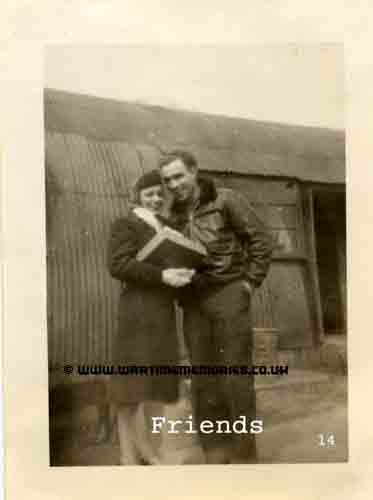
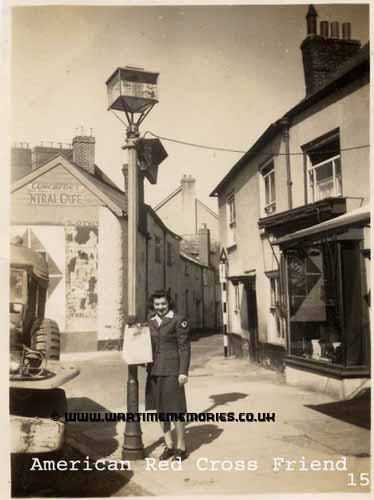
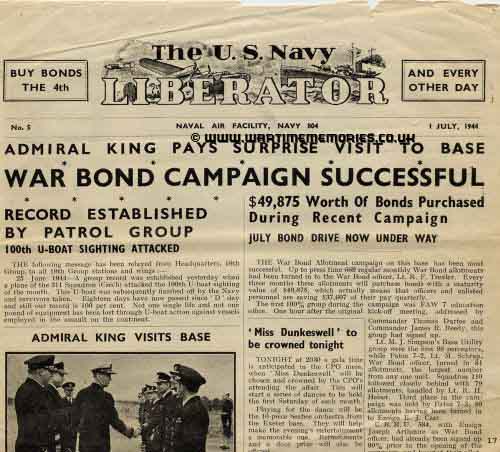

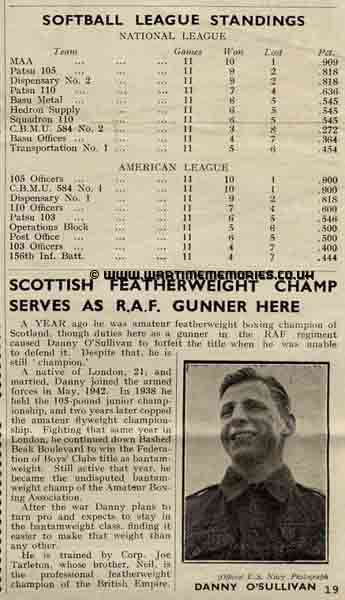
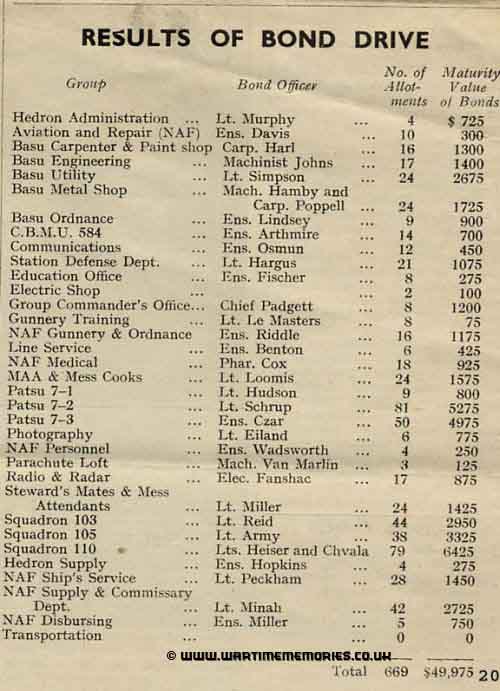
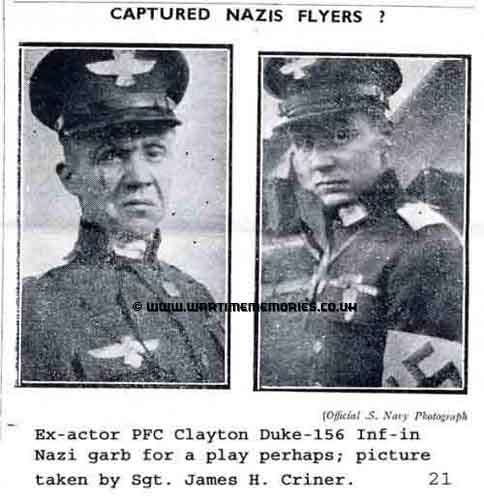
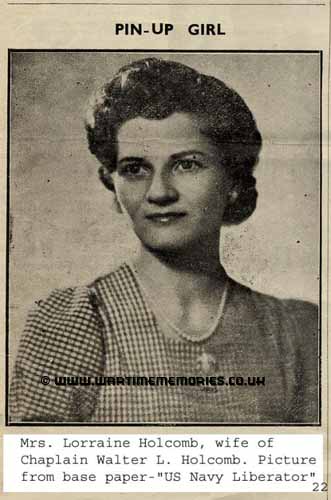
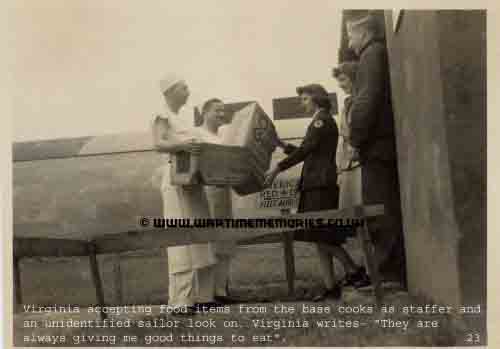
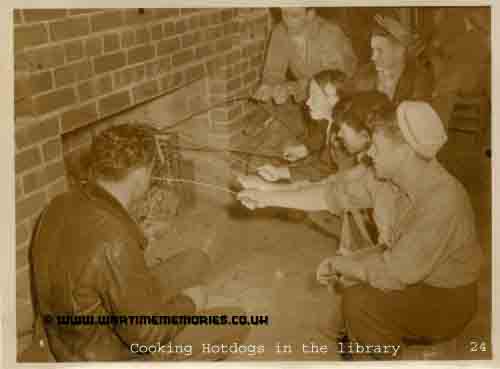
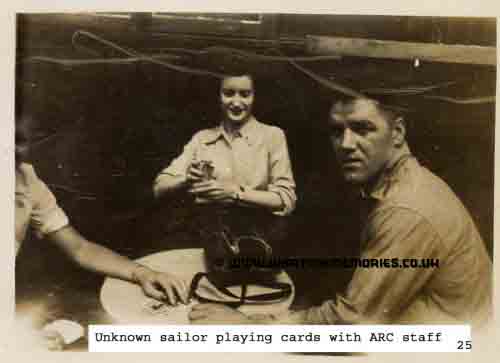
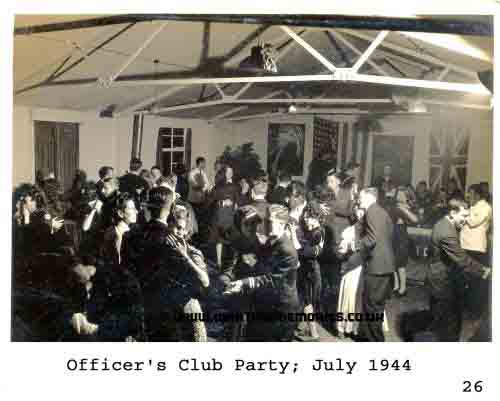
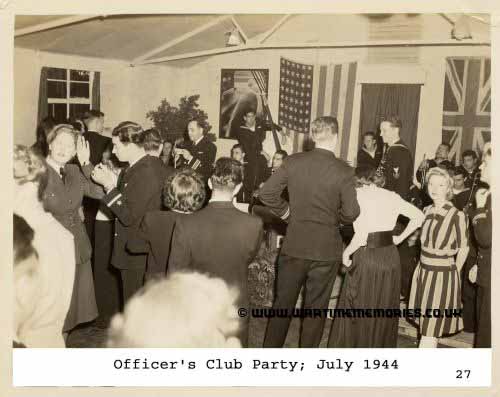
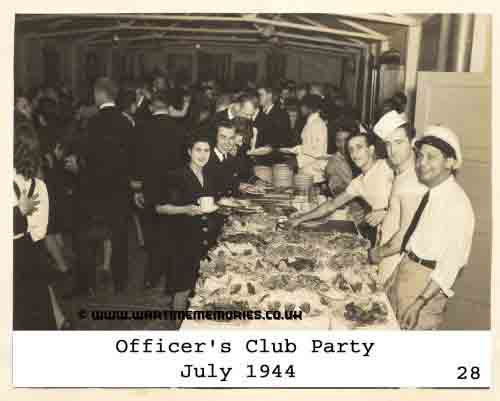
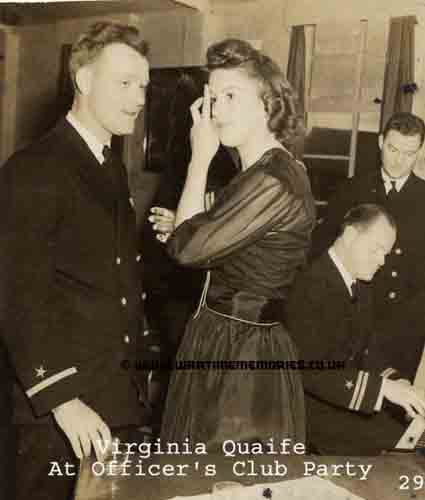
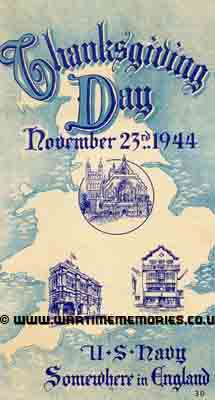
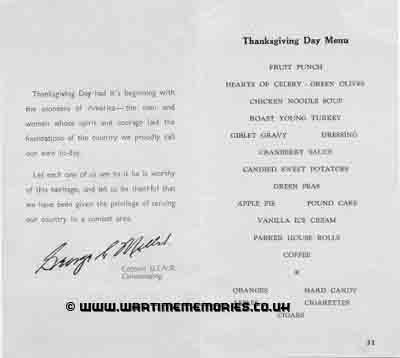
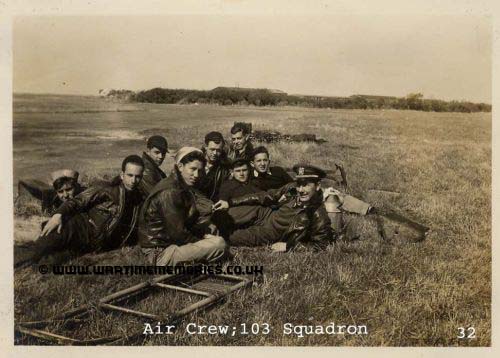
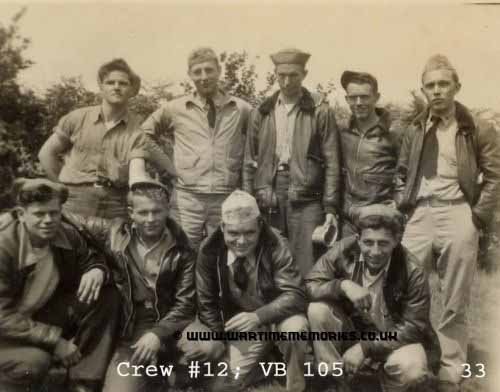
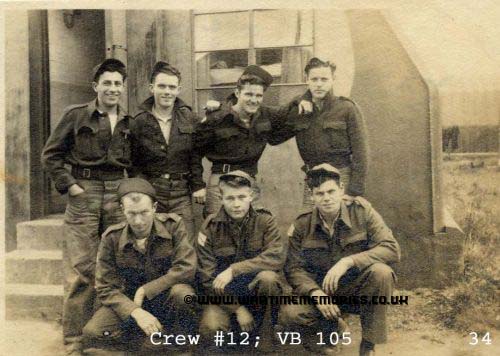
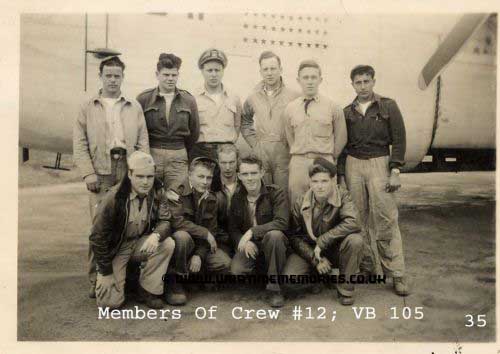
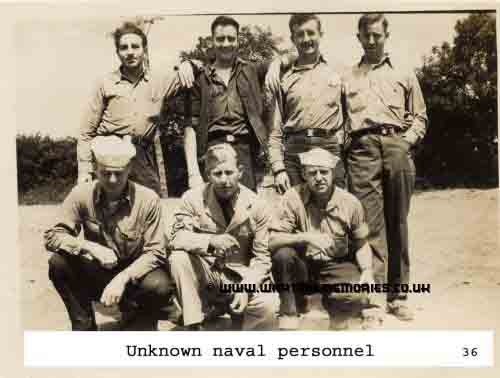
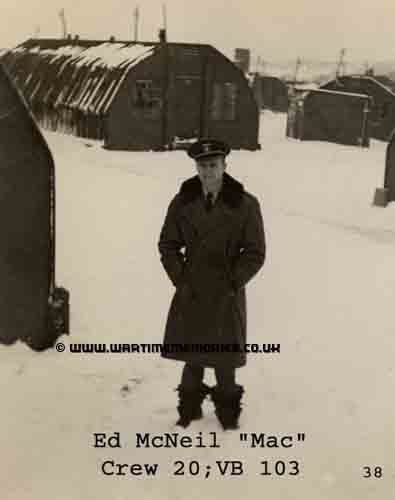
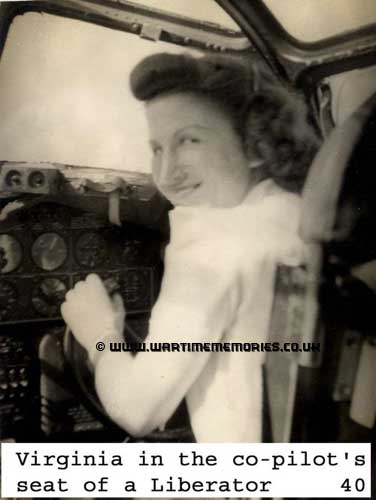
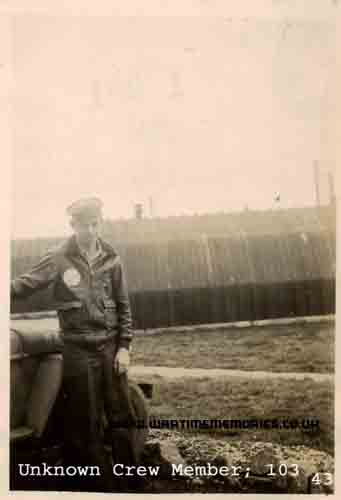
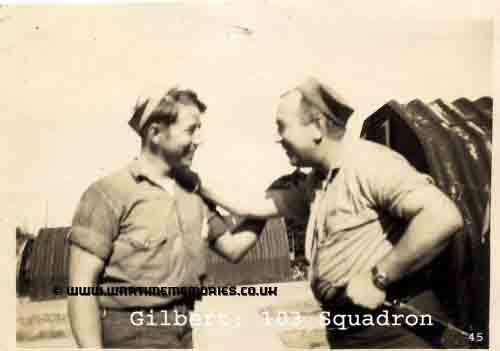
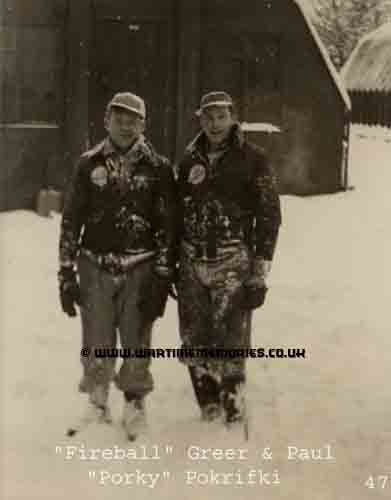
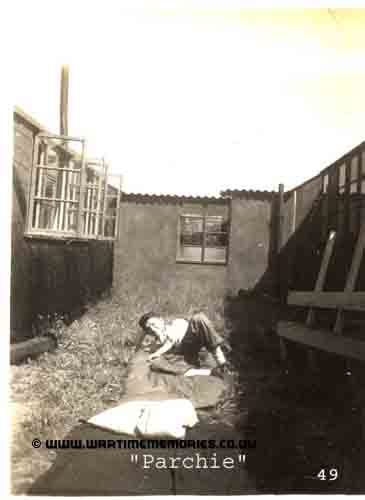
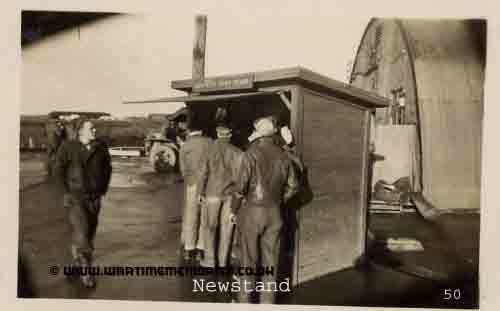
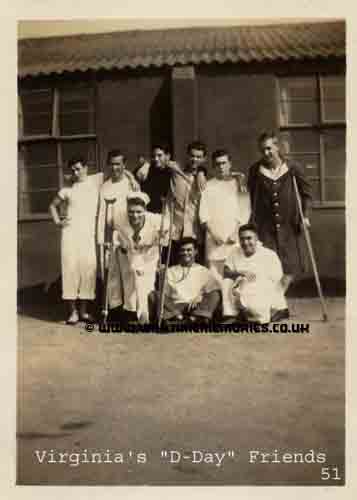
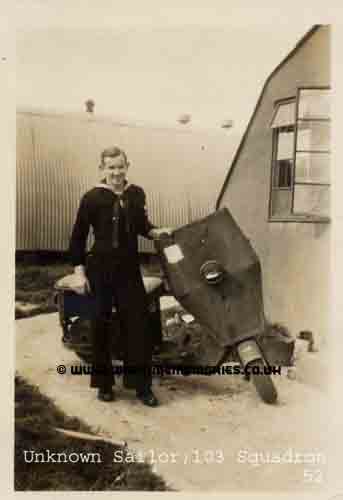
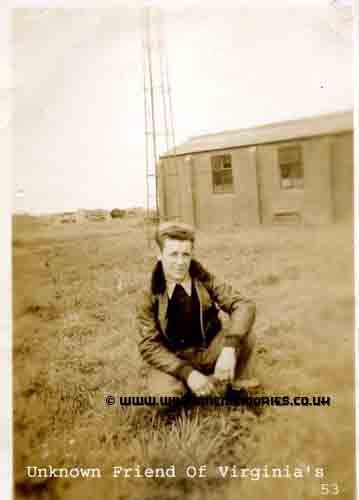
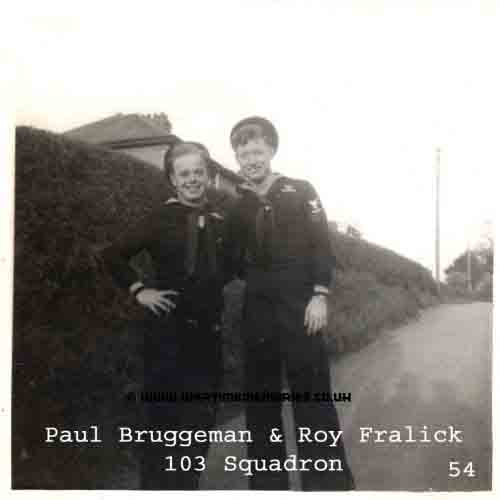
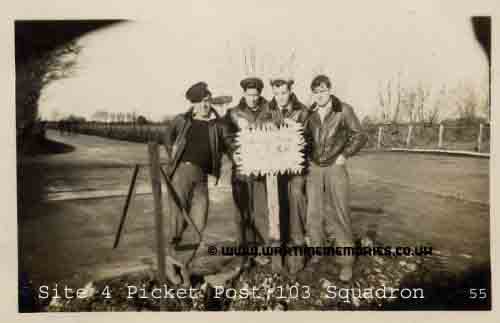
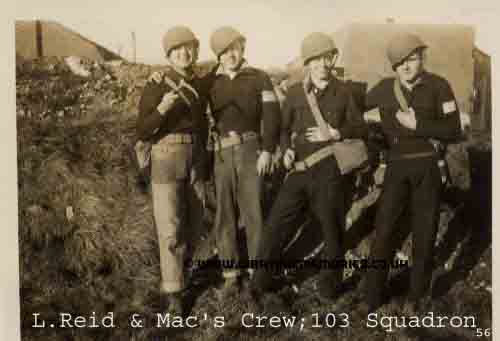
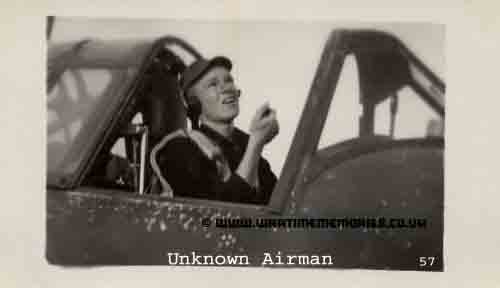
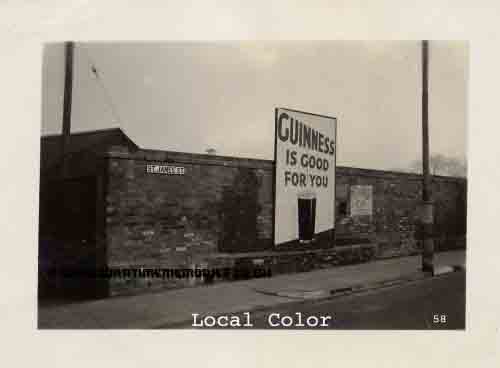
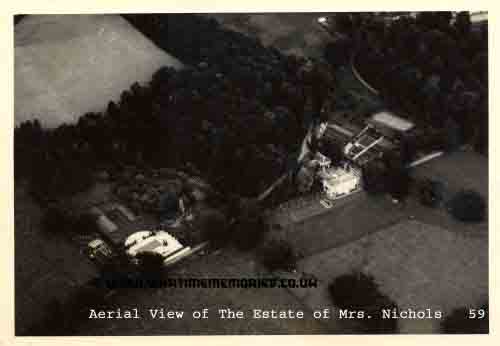
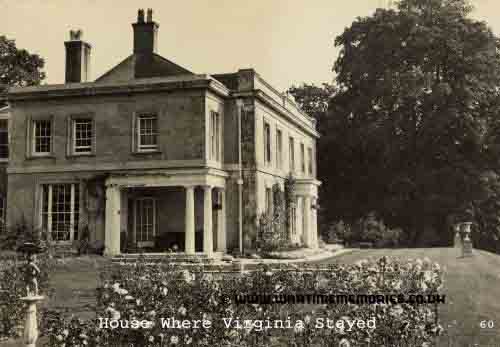
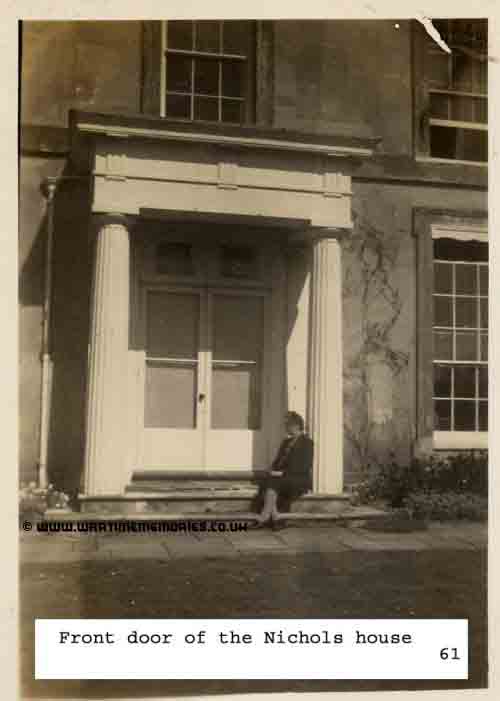
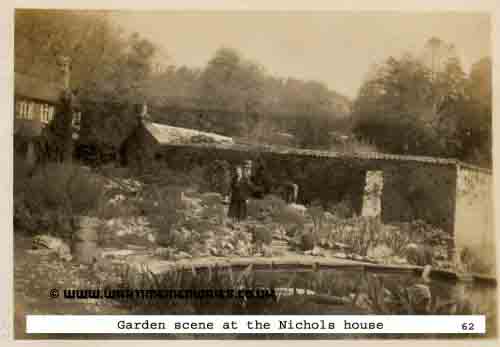
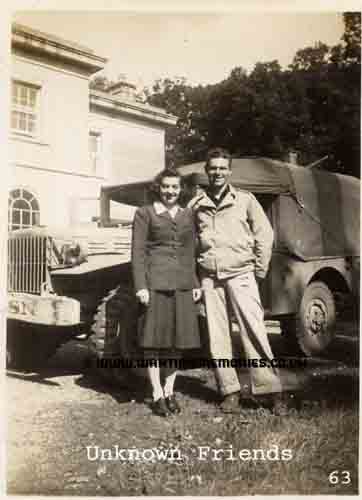
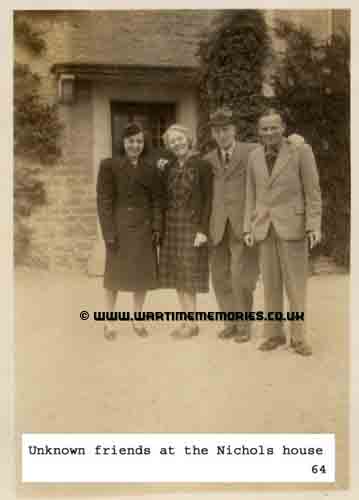
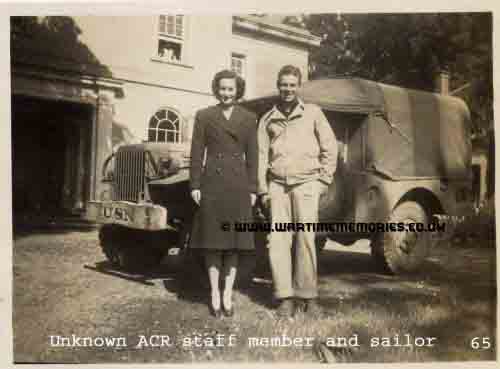
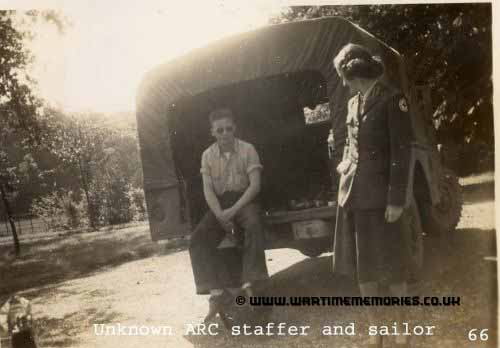
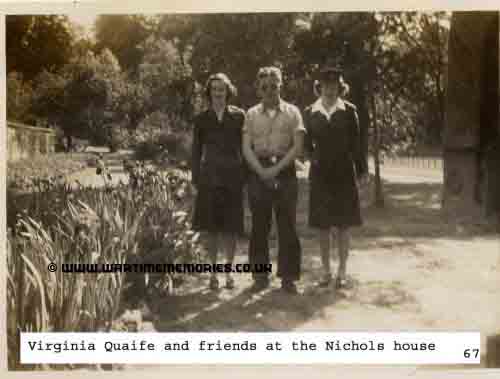
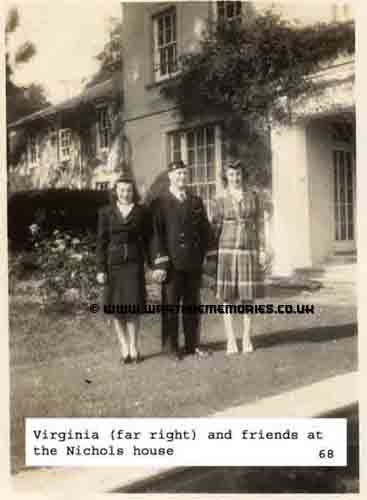
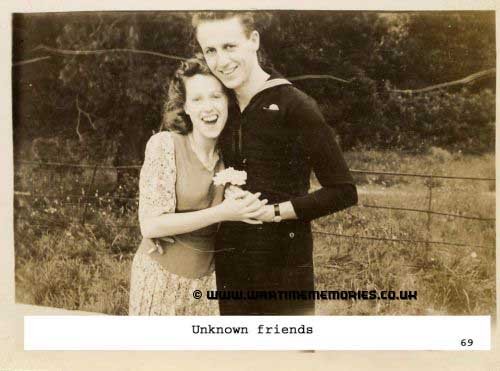
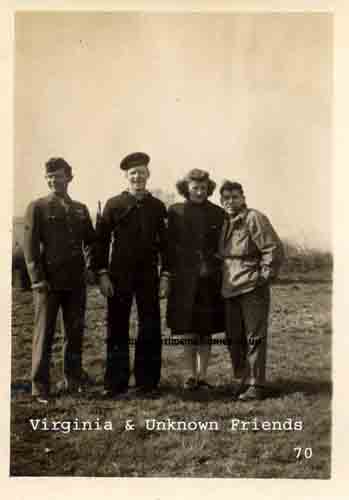
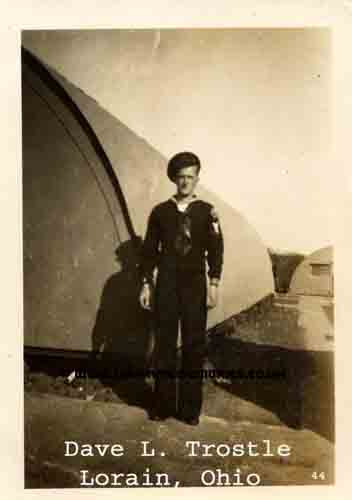
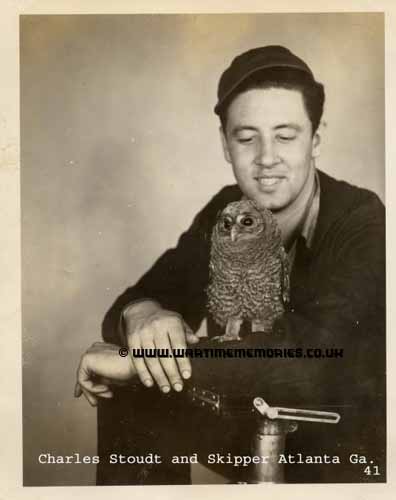
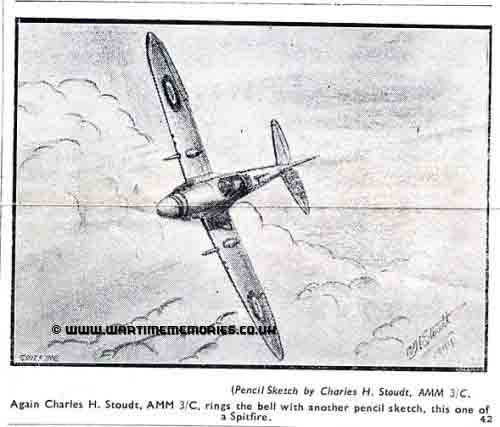
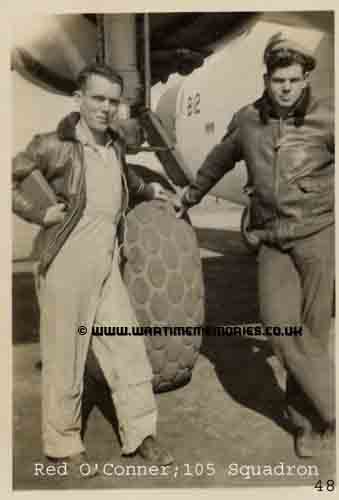
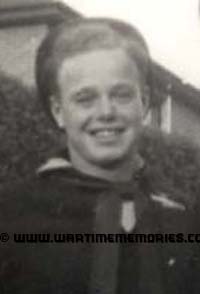
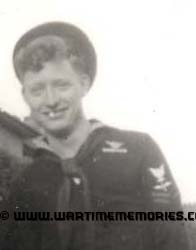
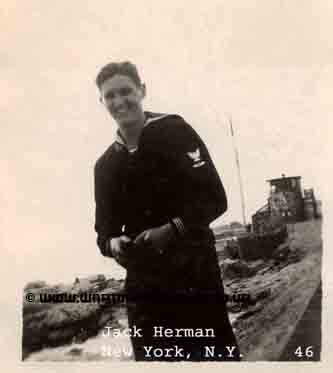
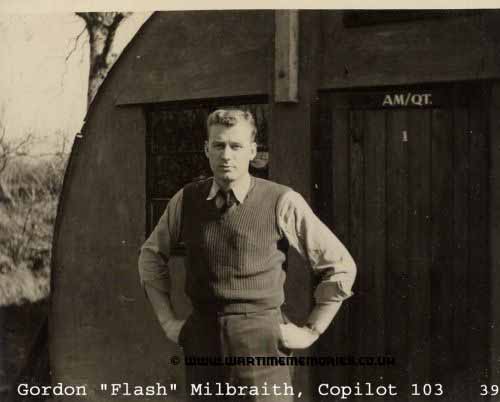
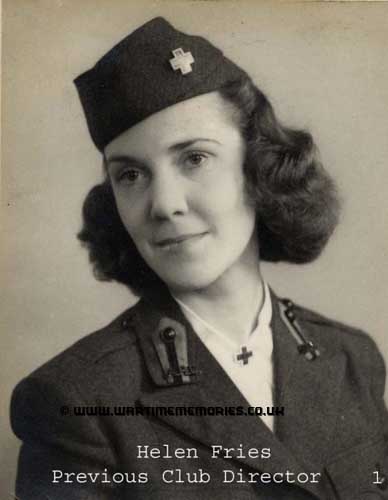
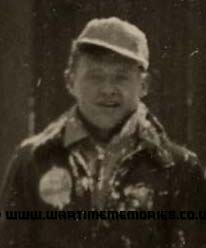
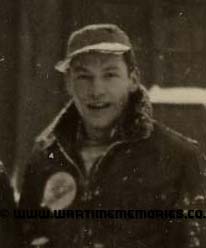
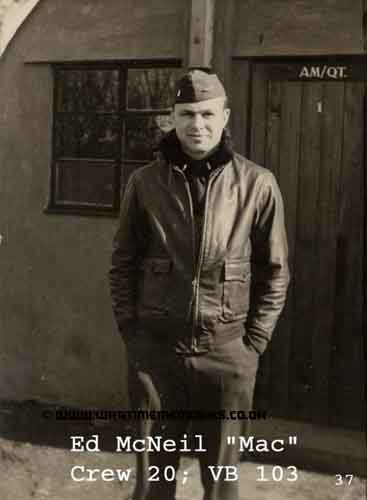
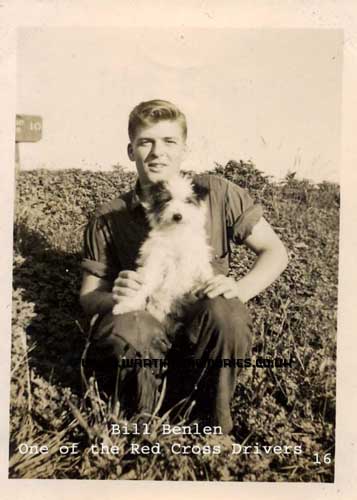



 front of our lovely hu.jpg)
 declares war on the hut deck.jpg)

.jpg)

.jpg)





